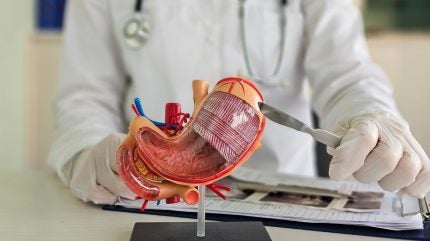
Researchers from the University of South Australia (UniSA) are developing a laparoscopic probe aimed at gastrointestinal cancers, leveraging quantum technology.
This initiative is supported by the federal government’s Economic Accelerator (AEA) Ignite Grant.
The A$405,050 ($244,854) project is being handled in collaboration with precision cancer surgery company Ferronova to create the laparoscopic probe that will accurately map tumour spread.
Dr Nicole Dmochowska from the university’s Future Industries Institute is spearheading the project.
The laparoscopic probe will be used in conjunction with Ferronova’s iron-oxide nanoparticle formulation, FerroTrace, to better detect cancerous lymph nodes during operations.
This approach aims to decrease the requirement for extensive procedures, which can result in severe complications and long-term side effects for patients.

US Tariffs are shifting - will you react or anticipate?
Don’t let policy changes catch you off guard. Stay proactive with real-time data and expert analysis.
By GlobalDataUniSA’s research team claims to have already shown the quantum sensor-based magnetometer probe feasibility in a Phase I trial for oral cancer.
More than eight years have been dedicated to the development of magnetometer probes for cancer surgery.
The Ignite grant will help facilitate the next essential phase by creating a fully functional prototype for trials in large animal models, setting the stage for future human trials.
Ferronova senior researcher and development engineer Dr Aidan Cousins emphasises the advantages of the quantum probe and FerroTrace combo over current lymphatic mapping techniques that use radioactive tracers. This new method is expected to be safer and more effective.
Dr Cousins said: “This technology is particularly promising for patients undergoing chemotherapy and radiotherapy before surgery, where conventional lymphatic mapping methods have limited effectiveness.
“This could be a paradigm shift in cancer treatment, enhancing the quality of life for millions of patients worldwide.”



